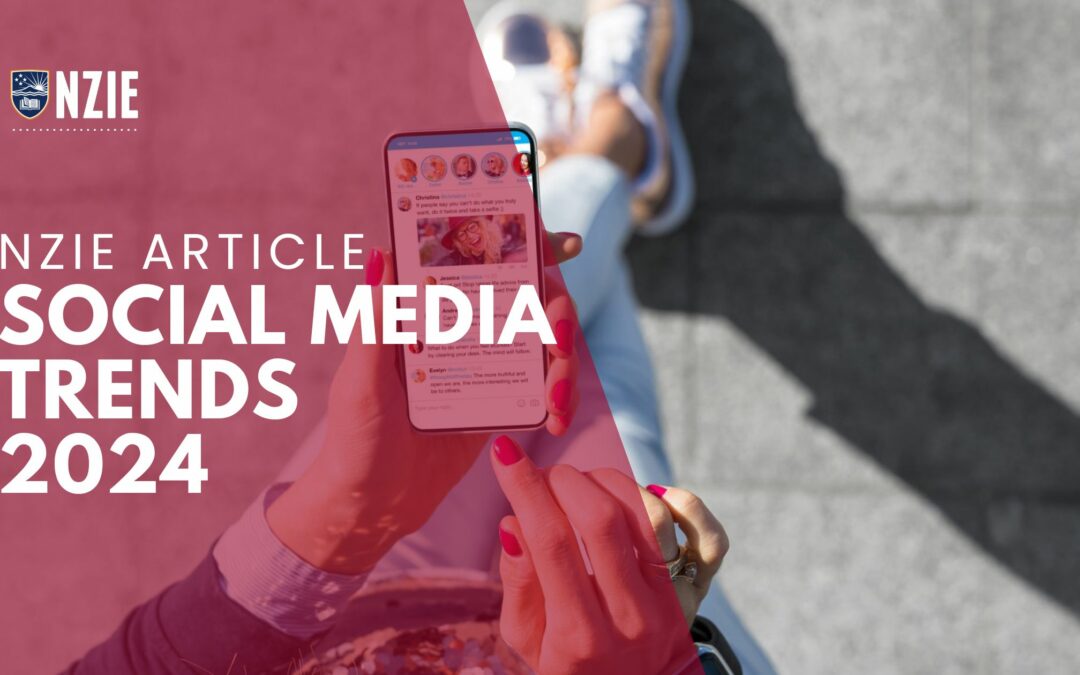Written for the New Zealand Institute of Education (NZIE) in February 2024.
AI Integration
The discussion extended to the role of AI in content creation and social media strategy, with AI gradually becoming a valuable asset in content generation and social media management. Jess commented “Right now, AI is still so experimental,” adding that, “Your company might have a policy on how we are going to use AI, but it could change tomorrow.” She uses AI for idea generation and content refinement and says that it’s useful in identifying blind spots or things you may have forgotten to mention.
However, she was quick to point out that this is the worst AI is ever going to be. Meaning that we should get a grasp on it now because eventually, it will be at the point where we can operate it with a few simple commands.
SEO and Hashtags
Cheska highlighted the importance of SEO and hashtags in social media posts and captions, stating that people are using these keywords when searching for relevant content. She said that long captions were a good way to optimise your SEO and tended to perform well. Both Miri and Julia mentioned that people use TikTok like a search engine and that TikTok recently released their video suggestions which included recommendations on caption use, hashtags, and trending topics.
Effective Hooks and Niche Targeting
The speakers emphasised the importance of capturing an audience’s attention within seconds, so using clear, simple hooks and being authentic were noted as successful engagement strategies. Cheska explained that some of the more successful hooks for Girlboss were topics that were a little bit controversial and therefore sparked a discussion in the comments and memes performed well.
Niche Targeting and Avoiding Overemphasis on Virality
The speakers agreed that going viral is great, but it shouldn’t be the focus of your brand or strategy. Cheska highlighted that once you go viral you end up reaching people out of your target demographic, which is good for engagement but not good for your conversion. All agreed that the focus should be on building a community, and that niche targeting communicates to people “who you are not for, as much as who you are for”, which is a far more effective strategy in helping to attract a relevant audience.
Showcase your expertise with regular blog content for your website. Get in touch.

